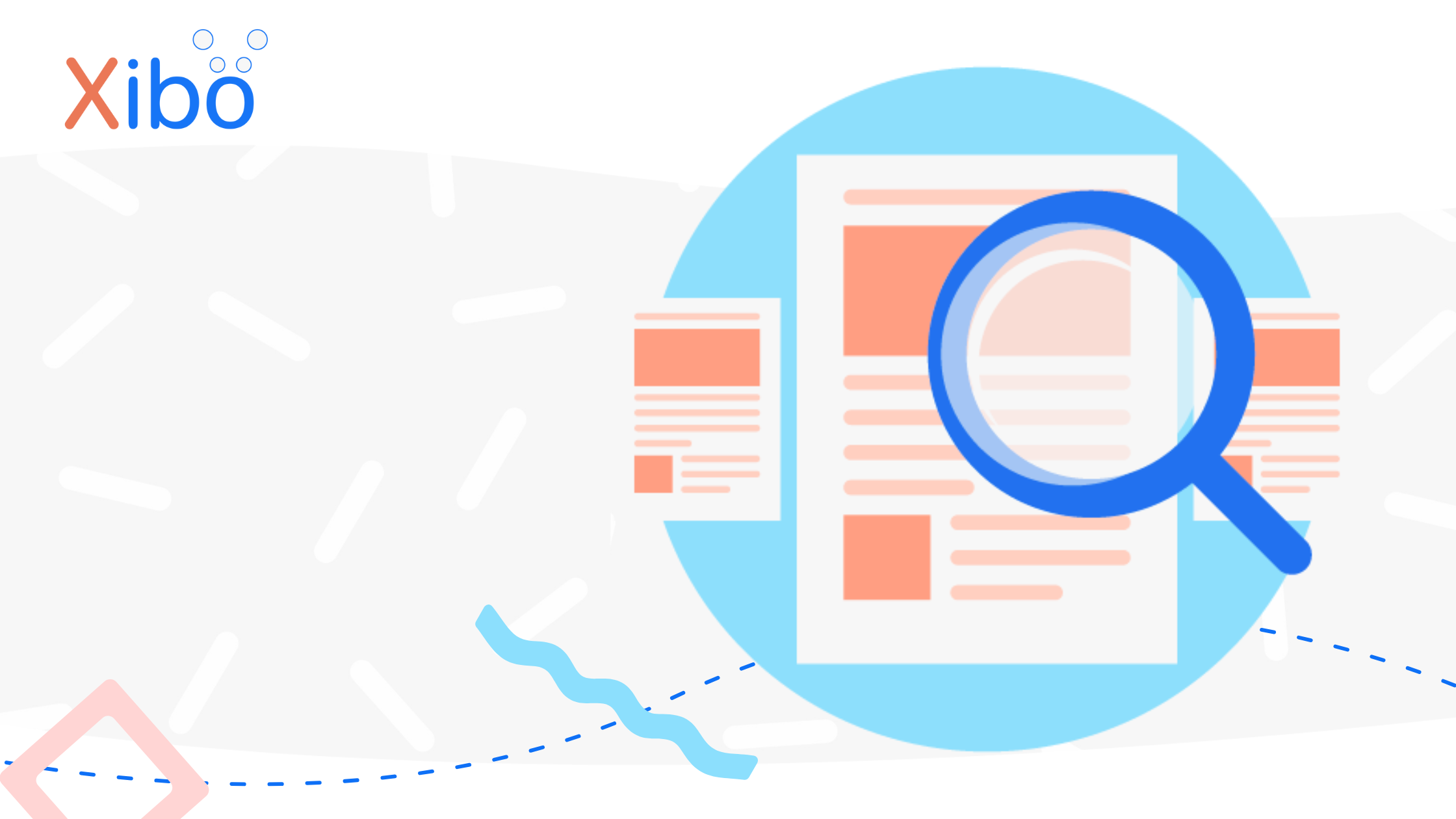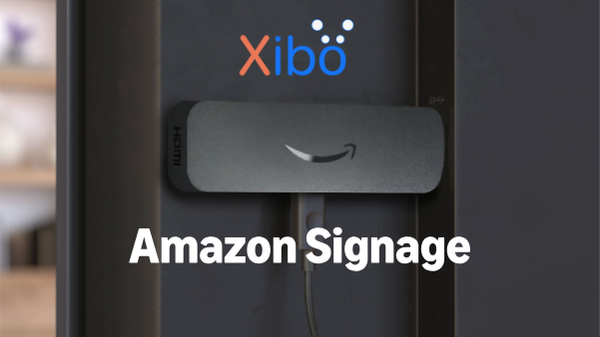Confusion about Development Preview releases
The information contained on this page is now archived. Please see our website and documentation for current information
There seems to be alot of confusion about what the state of the 1.1 series of releases are and what people should expect.
Xibo releases have the following pattern.
1.0.6
The 1 is the major revision number, 0 is the minor revision number and 6 is the version number.
All even numbered minor revision numbered releases (ie 1.0, 1.2, 1.4, 2.0, 2.2 etc) are stable release series. That means that you can use those releases in a production environment and be confident that things will work as expected. If they don’t, we aim to fix bugs in stable series quickly.
All odd numbered minor revision numbered releases (ie 1.1, 1.3, 1.5, 2.1, 2.3 etc) are development previews. That means that we get the development code for Xibo in to a broadly working state and release a version so that people interested in new features that will be in the subsequent stable version of Xibo can get their hands on the code early and test those features in their environment. They will be released with known bugs and sometimes with big holes in functionallity. **They are not designed to be used in a production environment. **We fix bugs in preview series as is convenient given the development work that is being undertaken in the series. That means that a bug may go unfixed for several months.
So, to summarise:
- If you’re running Xibo in a production environment (ie it matters if the system breaks) then you should be running a stable release – at time of writing that would be 1.0.6.
- If you’re running a test system because there is functionallity in 1.1 series you want to test early, then by all means run 1.1.0 but please take a look at the bug tracker to see what the known issues in 1.1.0 are first: https://launchpad.net/xibo/+milestone/1.1.1

